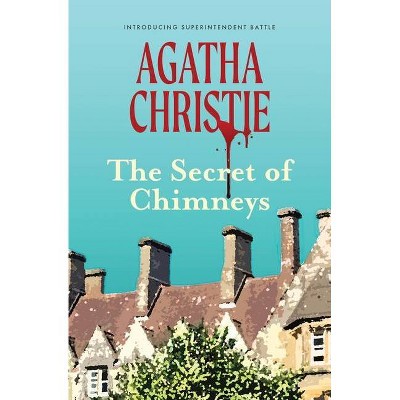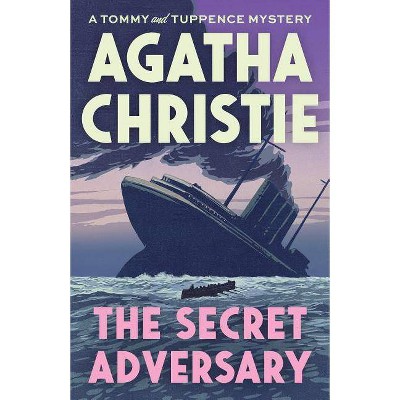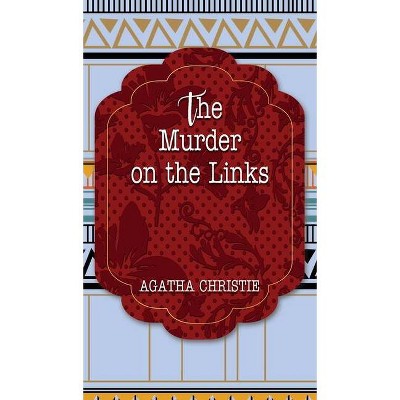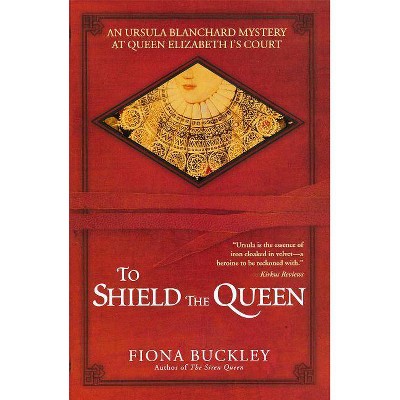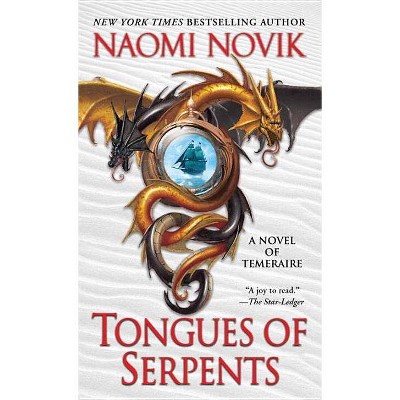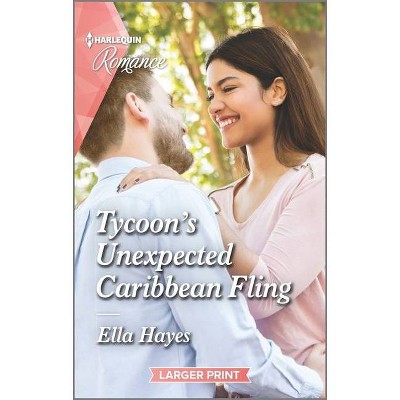The Secret of the Chimneys - by Agatha Christie (Hardcover)

Similar Products
Products of same category from the store
AllProduct info
<p/><br></br><p><b> Book Synopsis </b></p></br></br><p>At the request of George Lomax, Lord Caterham reluctantly agrees to host a weekend party at his home, Chimneys. A murder occurs in the house, beginning a week of fast-paced events with police among the guests. The novel was well received at first publication, described as more than a murder mystery, as it is a treasure hunt. Later reviews found it a first-class romp and one of the author's best early thrillers. The most recent review says the novel requires a hefty suspension of disbelief. The later reviewers note that descriptions of characters use the terminology of the times in which it was written, and might be considered racist decades later.</p><p>The novel was written in 1925. The characters in the story refer to events that occurred about 7 years earlier, that is, at the end of the Great War when the Austro-Hungarian and Ottoman Empires were broken up. The war is never mentioned directly. Instead, in Chapter 19, Superintendent Battle says: "Just over seven years ago, there was a lot what they called reconstruction going on especially in the Near East." At the same time, many royal persons were in England, including the Queen of Herzoslovakia, and Count Stylptitch; all the Balkan states were interested parties in discussions taking place. It is at this time that the Koh-i-Noor diamond disappeared in the plot. Later, in an unspecified year, the Herzoslovakians rose up against the king and his commoner wife. About that time, Mrs. Virginia Revel and her husband Tim were part of the diplomatic mission from the UK to Herzoslovakia, so that Mrs. Revel had met Prince Michael; she was the only such person at the house party, to know Prince Michael, but not the only person in the house. The time immediately after the war was when the theft, solved in this novel, happened.</p><p/><br></br><p><b> Review Quotes </b></p></br></br><br><p>The Times Literary Supplement</em> reviewed the novel in its issue of 9 July 1925 and, after setting up the story, stated favorably that "there is ... a thick fog of mystery, cross-purposes, and romance, which leads up to a most unexpected and highly satisfactory ending".</p><p>The reviewer for The Observer</em> wrote on 28 June 1925: "Mrs. Christie plunges lightheartedly into a real welter of murders, innocently-implicated lookers-on, Balkan politics (of the lighter Ruritanian kind), impersonators, secret societies, ciphers, experts, secret hiding-places, detectives (real and pretended), and emerges triumphantly at the end before her readers are too hopelessly befogged. Nobody is killed who matters much. The right people marry, after it all, having first endeared themselves to us by their frivolous attitude to the singularly animated doings around them." The reviewer concluded that Christie's "ingenuity and clear-headedness are really remarkable."</p><p>The review in The Scotsman</em> of 16 July 1925 began, "Despite Herzoslovakian politics and a background of oil and finance, this new novel by Agatha Christie gets a grip of the reader when it comes down to the business of disposing of a corpse, innocently come by but not to be repudiated without danger of grave scandal" and went on to say, "It is an exciting story with a bewildering array of potential murderers and a curious collection of detectives, amateur and professional, and with a crook of international importance and (alleged) consummate ability." The review concluded: "There is more than murder in this story; there is a treasure hunt in it, not for gold but a diamond, and the story is suitably staged for the main part at Chimneys, that historic mansion whose secret will be found in Chapter XXIX, though the wise in these matters may have discovered it a little earlier".</p><p>Robert Barnard said it is important to remember when this novel was written "If you can take all of the racialist remarks, which are very much of their time, this is a first-class romp, all the better for not being of the 'plot to take over the world' variety. It concerns the throne and crown jewels of Herzoslovakia, and combines such Hopeful elements with bright young things and some effective caricatures." His final decision on the novel overall was that it was "By far the least awful of the early thrillers."</p><p>Charles Osborne "The Secret of Chimneys is one of the best of Agatha Christie's early thrillers (...). Her attitude to democracy is so unsympathetic, at least as expressed by a character of whom Mrs. Christie evidently approves, that it reveals an unexpectedly authoritarian aspect of the author's nature".</p><p>The novel was not reviewed in The New York Times Book Review</em>.</p><p>In his analysis of Christie's Notebooks published in 2010 and 2012, Christie expert and archivist John Curran wrote that "a hefty suspension of disbelief is called for if some aspects of the plot are to be accepted." Curran considered the novel an "enjoyable but preposterous romp ... littered with loose ends, unlikely motivations and unconvincing characters" and regarded Christie's The Man in the Brown Suit</em> and The Seven Dials Mystery</em> "if not more credible, at least far less incredible" than <em>Chimneys.</em></p><br>
Price History
Price Archive shows prices from various stores, lets you see history and find the cheapest. There is no actual sale on the website. For all support, inquiry and suggestion messages communication@pricearchive.us


